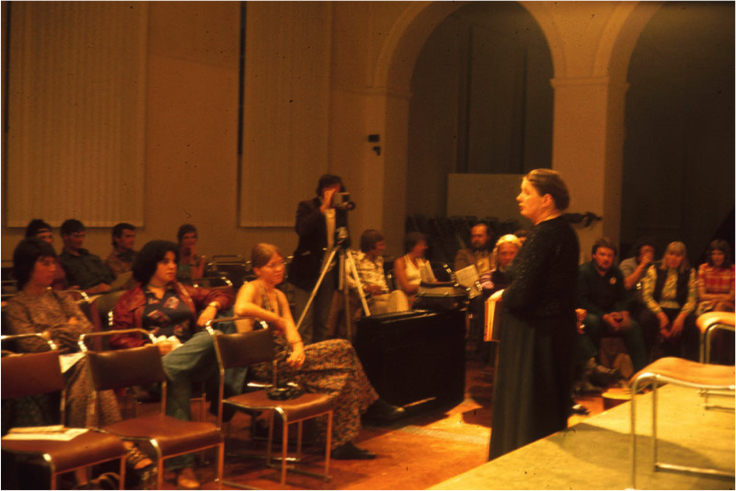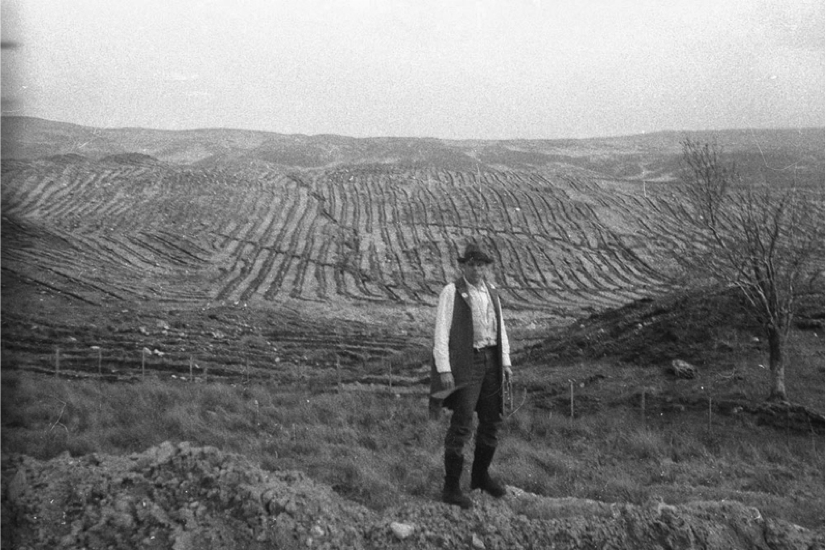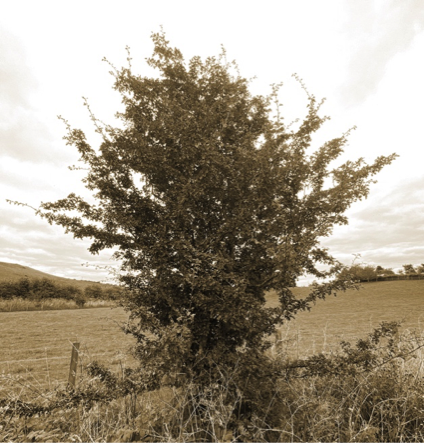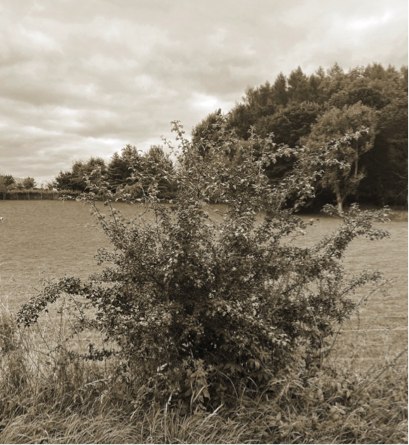Stories are living beings, they grow, they develop, they remember, they change not in their essence, but sometimes in their dress. They are shared and shaped by the land and the culture and the teller…
Robin Wall Kimmerer
Robin Wall Kimmerer in ‘A Note on Indigenous Stories’ in her book, Braiding Sweetgrass, makes a cogent point about her people, originally from the Great Lakes. However it is equally pertinent to the oral culture of Scots travellers.
Here I will, with digressions, focus on a particular ballad sung within a family of settled travellers, some of whom I knew well when I was younger. The ballad, Johnnie the Brine was learned from a recording made by my colleague, the late Peter Hall. There are versions spread across Scotland and into England but only the Robertsons identify the protagonist as Johnnie the Brine. It displays characteristics of many songs beloved by travellers – transgressive, out with societal norms and reflective of older ways that are no longer conducive to a ‘modern’ lifestyle.
Listen to Arthur Watson singing the ballad of Johnnie the Brine
Johnnie takes his hunting dogs and against his mother’s wishes goes out to chase the dun deer. The possession of these dogs and his bow and arrows would be enough to lead to the arrest by the foresters who patrolled the land-owner’s game preserve. His first arrow wounds the deer which is chased down by the dogs. Man and dogs gorge themselves on the venison and fall asleep, only to be seen and reported to the seven foresters:
As I gaed in by Monymusk,
an doon amang yon scrogs;
it is there I spied the prettiest youth,
he lay asleep atween twa dogs, twa dogs,
he lay asleep atween twa dogs.
From ‘Johnnie the Brine’
The foresters shoot at Johnnie who wakes and kills six of them, maiming the seventh and letting him live to tell the tale.
The estate of Monymusk, where the ballad is located, is on lower Donside, some 19 miles inland from Aberdeen. It was bought in 1712 by the Grant family who became famous as one of the earliest and most active agricultural improvers in Scotland. The second Baronet reputedly planted several million trees as mixed woodland which still covers much of the estate. But I suspect that the ballad may date from an earlier time before the landscape was tamed when “Monymusk shall be a buss to draw the dun deer doon”.
‘Buss’ like ‘scrogs’ is a thicket – not the extensive cover of improved woodland, but more open landscape with intermittent trees and bushes. The word ‘forest’ is still used to describe the treeless Scottish uplands where deer are still stalked. ‘Scrogs’ harks back to a time before land enclosure, and looks forward to today’s industrialised forestry where trees are seen as just one more cash crop. Single species planted and harvested – the antithesis of biodiversity.
Back to the travellers and their songs… Some say travellers were the remnants of clans broken at the battle of Culloden, whilst others saw them as the descendants of an older metalworking caste, hence their other name – tinkers. Until relatively recently they followed a traditional way of life, moving through the land on intersecting routes governed by seasonal farm work or opportunities to profit from their prowess as tinsmiths, basket weavers or by busking on the bagpipes or passing the hat when singing at hiring fairs and markets. The richness of their oral culture was unknown by the outside world until the poet and folklorist, Hamish Henderson, began to seek out and record their singers and storytellers in the 1950s. At this time most travellers were in various stages of integration with the settled community. This was the case with Jeannie (Regina) Robertson, the doyen of ballad singers and Henderson’s greatest discovery, who had settled in Aberdeen. Her brother Willie and his son Stanley were pipers and singers, with Stanley lauded as the ‘master storyteller of the travelling people’. As well as Willie, Jeannie and Stanley also sang Johnnie the Brine, and Jeannie’s legacy was carried forward by her daughter Lizzie (Higgins). Although settled in the city the Robertsons had continued to take to the road each summer with horse and cart; following the old roads and camping places and maintaining their travelling identity.
Uniquely within the arts establishment, the Edinburgh artist and gallery director, Richard Demarco celebrated Jeannie Robertson in his gallery in the late 60s. He later featured her daughter, Lizzie Higgins as part of his international summer school; Edinburgh Arts in 1972.


Richard had famously introduced the German polymath, Joseph Beuys to the English-speaking world through the groundbreaking exhibition – Strategy: Get Arts, at the 1970 Edinburgh International Festival. When Beuys arrived on a preliminary visit, Demarco immediately took him out of Edinburgh to ‘the real Scotland’. Travelling north west to Argyll, Beuys voiced his disquiet at the scarring of the landscape by deep ploughing for commercial forestry. It was then on to the wilderness of Rannoch Moor where Beuys was inspired to make his performance Celtic Kinloch Rannoch: the Scottish Symphony for the Edinburgh exhibition. At the launch this summer for the publication, Demarco 2020, from Strategy: Get Arts, to the Future, the 91 year old Demarco spoke passionately about Beuys in this, the centenary of his birth. Holding a tiny oak seedling in a pot, he remembered Beuys the environmentalist and co-founder of the German Green Party. He recalled being present at the exhibition Documenta 7, at Kassel in 1982, where Beuys had planted the first oak tree in what would become his greatest work: 7,000 Oaks – city forestation instead of city administration. The planting was completed five years later at Documenta 8 by Beuys’ son, on the first anniversary of his father’s death. Demarco exhorted his audience, on a hillside above the river Tay, to respond to Beuys by planting 7,000 oaks above the river valley. He also recalled his 1982 interview in Kassel in which Beuys said he chose the number 7,000 as one which will be a very strong visible result in 300 years.

This work is licensed under a Creative Commons Attribution-NonCommercial-ShareAlike 4.0 International License.




